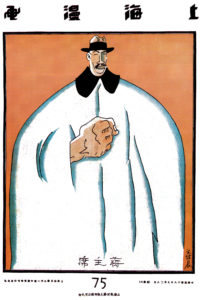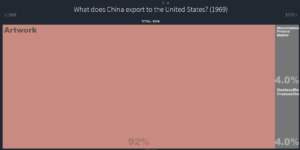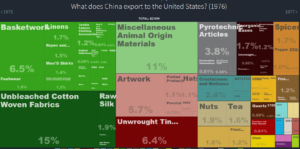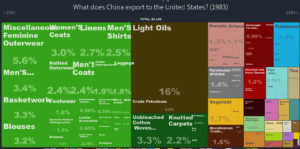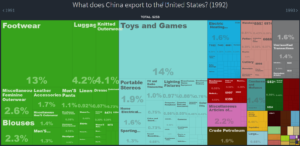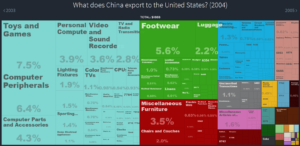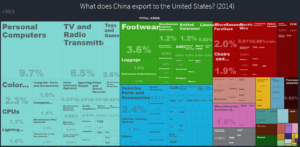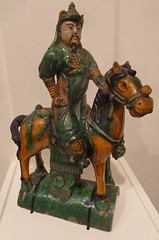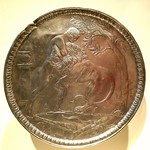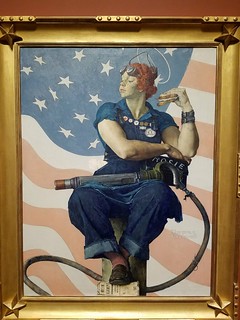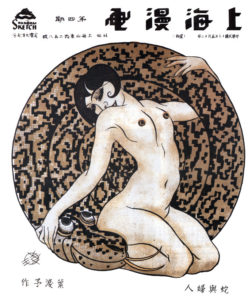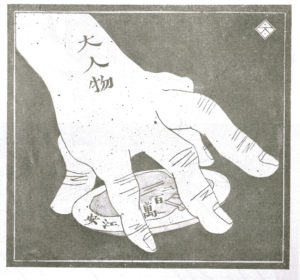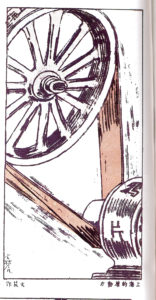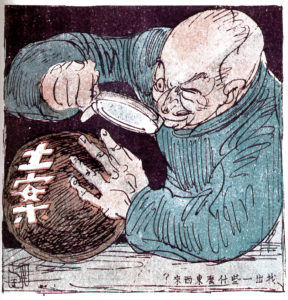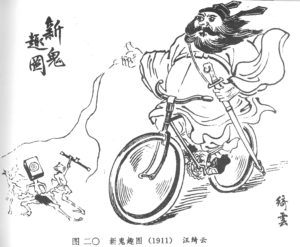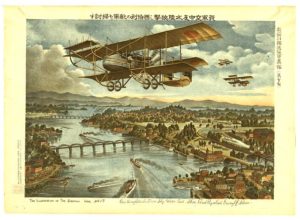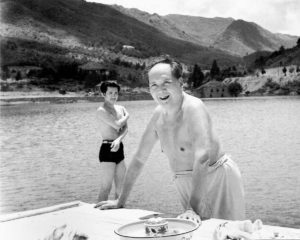Alan Baumler’s juicy February 19 post “Edward Alsworth Ross and The Good Old Days of Scholarship,” inspired me to look back through my notes.1 E. A. Ross (1866 to 1951) was a Progressive Era founder of professional academic sociology who got it into his head to spend the better part of a year in China. He published The Changing Chinese: The Conflict of Oriental and Western Cultures in China (New York, Century 1911) just as Sun Yat-sen’s revolution was breaking out.
The lead sentence of the first chapter is “China is the European Middle Ages made visible.” The idea seems obvious now: Karl Marx had already said in his 1867 Preface to Das Kapital “The country that is more developed industrially only shows, to the less developed, the image of its own future.”
But to most Westerners at that point, China was the “Far” East. China was unique, exotic, and far away; it took weeks and weeks to get that upside-down and opposite wonderland. Ross and Marx used a different set of categories. They agreed on little else but they both now saw China not as far away in space but as one or two rungs below on the ladder of universal history. China was not “over there” but “back then.”
Ross was a founding member of the American Sociological Association that professionalized academic study of society (he was its president in 1914-1915). He gave the back of his hand to the “old China Hand” and “old treaty-port residents” who saw China as exotic:
The theory, dear to literary interpreters of the Orient, that owing to diversity in mental constitution the yellow man and the white man can never comprehend or sympathize with one another, will appeal little to those who from their comparative study of society have gleaned some notion of what naturally follows from isolation, the acute struggle for existence, ancestor worship, patriarchal authority, the subjection of women, the decline of militancy, and the ascendancy of scholars. (Preface)
The “literary interpreters of the Orient” perhaps included Rudyard Kipling, who swore that “East is East and West is West and ne’r the twain shall meet” or even the people who talked about “eternal China” and the “unchanging East.” For the sociologist, China was not even mysterious:
The fact is, to the traveler who appreciates how different is the mental horizon that goes with another stage of culture or another type of social organization than his own, the Chinese do not seem very puzzling…. They act much as we would act under their circumstances. (Preface)
So let’s not begrudge Ross a little credit – the title of his book is “The Changing Chinese” not “The Eternal Chinese.” But we then have to ask just what would change them and what they would change into.
Ross knocks those who see a “diversity in mental constitution” but his book is still a catalogue of blithe, earnest racial stereotypes. He wonders at “Chinese toleration of noxious microbes,” which is “not likely to be developed in other races”; their “bluntness of nerve”; “their response to stimuli slow but strong and persistent”; their “struggle for existence,” which leads to “cheapening of human life”; “inefficiency of native management”; and, well … you get the point. No wonder he opposed Chinese immigration and on largely racist grounds.
In the quote, he speaks of “another stage of culture or another type of social organization” and the “comparative study of society.” With only a little adjustment, what Ross is touting is modernization theory. He urges China to conduct a going-out-of-business sale: everything must go! There’s nothing wrong with the Chinese brain or ability, it’s just that “pitting the China against a West armed with this technique of success is like pitting the sixteenth century man against the twentieth.” (p. 316)
Where will this change come from? “When the Chinese become sensible of the inferiority of their own culture, Christianity presents itself to them clothed with prestige,” and Christianity is “in close association with a material civilization so successful that China will be obliged to adopt it in its entirety in order to survive.” (p. 258). (You might want to read that over again – yes, you read it right.)
If you can’t resist looking for yourself, there’s a free access copy of The Changing Chinese at Internet Archive: here.

